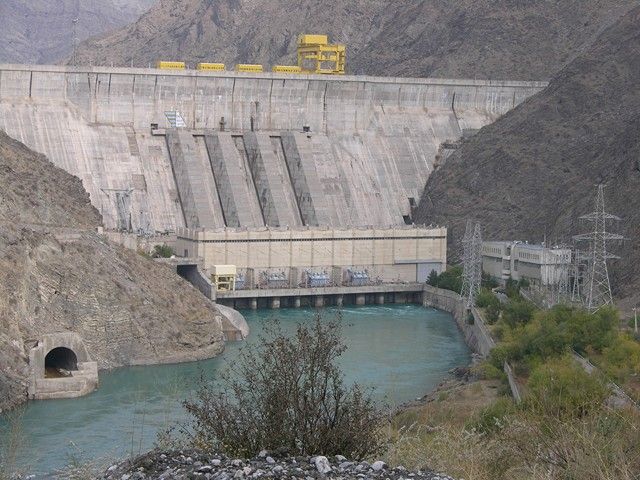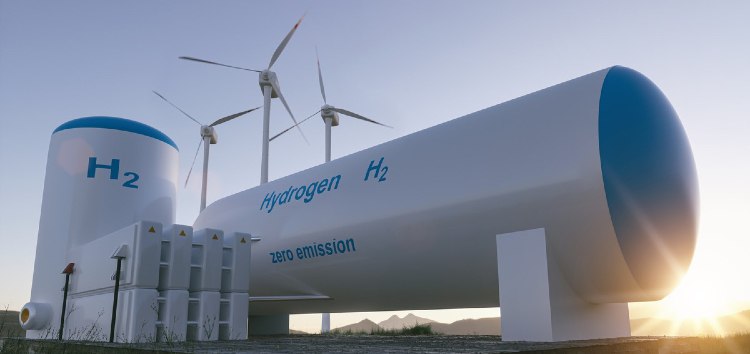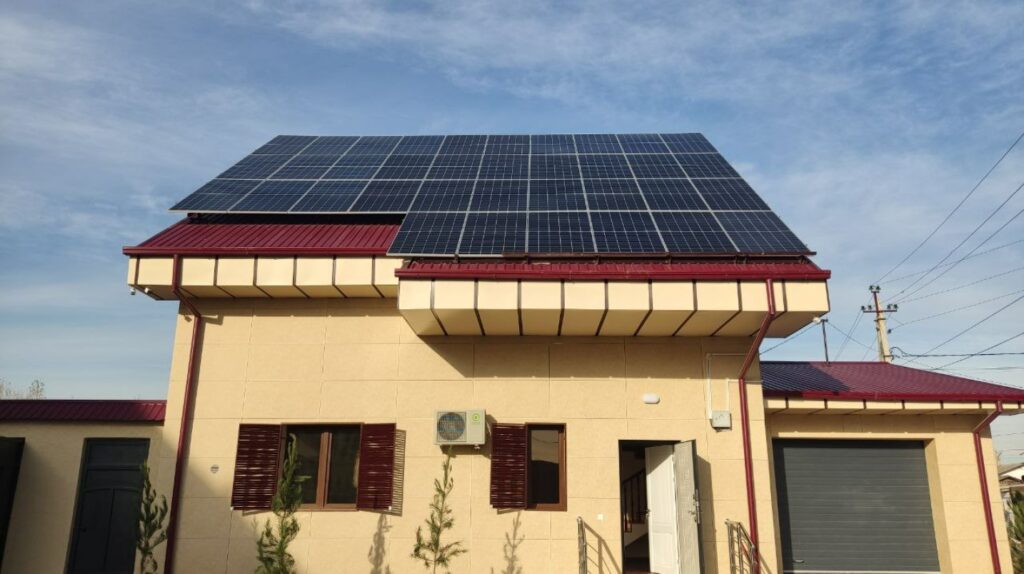BISHKEK (TCA) — Kyrgyzstan’s hydropower can provide 120 million people with electricity, but due to problems in the energy sector it is not able to provide even the country’s 6 million population, said Kyrgyz MP Omurbek Tekebayev. The problems are old including poor management, corruption, and technical and commercial losses. As a result, Kyrgyzstan has become dependent on the policies of neighboring countries, and the state cannot provide energy independence.
According to the Economy Ministry, Kyrgyzstan imported 729.3 million kWh of electricity in 2015, by 80.1% more than in 2014, including 582.7 million kWh from Kazakhstan and 146.6 million kWh from Tajikistan. Last year, Kyrgyzstan interchanged 432.8 million kWh of electricity with Kazakhstan as part of intergovernmental agreements.
New enterprises have to be connected to electricity, but the state can provide them with only 30% of the need because there is no new generating capacity in the energy sector.
Big plans to build powerful hydroelectric power plants on the Naryn River — the Kambarata 1 HPP and Upper Naryn HPPs cascade — have failed after in January 2016 Kyrgyzstan denounced agreements between the governments of Kyrgyzstan and Russia on their construction.
According to the Kyrgyz parliament, in 2015 the Russian side did not solve the issue of financing the Naryn cascade project due to financial problems and did not find sources of funding for 2016. Construction of four HPPs of the Naryn cascade was postponed indefinitely and there was a need to find new investors. There are no new investors in the construction of those HPPs as yet.
TPP
The Kyrgyz Government plans to build a thermal power plant (TPP) with the capacity of 1,200 megawatts near the Aral village in the Naryn province.
More than $1.5 billion is necessary to construct the TPP, and there are no sources of financing of this project. The plant would burn 2 to 3 million tons of coal per year. Environmentalists warn that harmful emissions into the atmosphere in the middle of the Tien Shan will destroy five of seven largest glaciers of the country within decades.
The Government is also holding a tender for the right to develop the Kara-Keche brown coal deposit in the Naryn oblast. Its coal reserves exceed 400 million tons.
Plans include the development of the coal field, construction of a thermal power plant and a railway to transport coal from the mine to Bishkek. It is necessary to build a 185 km railway from Kara-Keche to Balykchy which has a rail link to Bishkek.
It is a huge national mega-project. Construction of the railway will cost about $970 million and the field development $2.3 billion.
A consortium of companies now produces about 1 million tons of coal a year at Kara-Keche. The Government plans to transfer the management to a single major company, not excluding private companies, which could produce 3 to 5 million tons of coal a year.
It is planned to apply new technologies in the development of the coal deposit. Implementation of the project will provide energy security, GDP growth and jobs for the local population.
However, there is no information on companies that are interested in this project so far.
Small HPPs and alternative energy sources
The Government has big hopes for construction of small hydropower plants because their construction takes less time compared with large HPPs and their payback period is also much shorter. Small HPPs are cost-effective and environmentally friendly sources of electricity.
Czech companies are ready to construct small HPPs in Kyrgyzstan, and the project is estimated at $190 million.
There are 12 small HPPs operating in Kyrgyzstan while the country’s potential allows building about 90 small HPPs.
According to the Investment Promotion Agency of Kyrgyzstan, the country’s solar energy potential is 490 million kWh, wind energy – 44.6 million kWh, and potential of small HPPs amounts to 8 billion kWh.
Achievements in the use of wind power in the world are impressive. Wind energy is no longer considered an alternative energy source in many countries, and it is now among the main energy sources. A striking example is Denmark where wind power already covers 40% of all energy consumption.
In Kazakhstan, the first wind power plant was launched in December 2011 in the Korday district of the southern Zhambyl province by private investors.
China is a world leader in wind power generation. As of June 2015, China had wind power plants of 105 GW — almost a third of the world’s wind power capacity.








